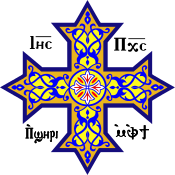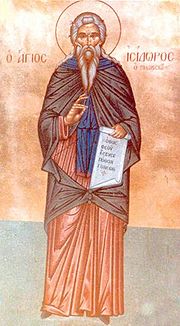This article includes a list of general references, but it lacks sufficient corresponding inline citations .(July 2020) |
| Part of a series on the |
| Copts |
|---|
| Culture |
| Regions |
| Denominations |
| |
Early church historians, writers, and fathers testified to the numerous Copt martyrs. Tertullian, a 3rd-century North African lawyer, wrote, "If the martyrs of the whole world were put on one arm of the balance and the martyrs of Egypt on the other, the balance will tilt in favor of the Copts."
Contents
- Alphabetical list of Christian Saints in the Coptic Orthodox Church of Alexandria
- B
- C
- D
- E
- F
- G
- H
- I
- J
- K
- L
- M
- N
- O
- P
- Q
- R
- S
- T
- V
- W
- Y
- Z
- Archangels
- Groups of martyrs
- References
The following is a list of saints commemorated by the Coptic Orthodox Church of Alexandria. The majority of saints are from Egypt, with the majority venerated in all of Christianity.
























